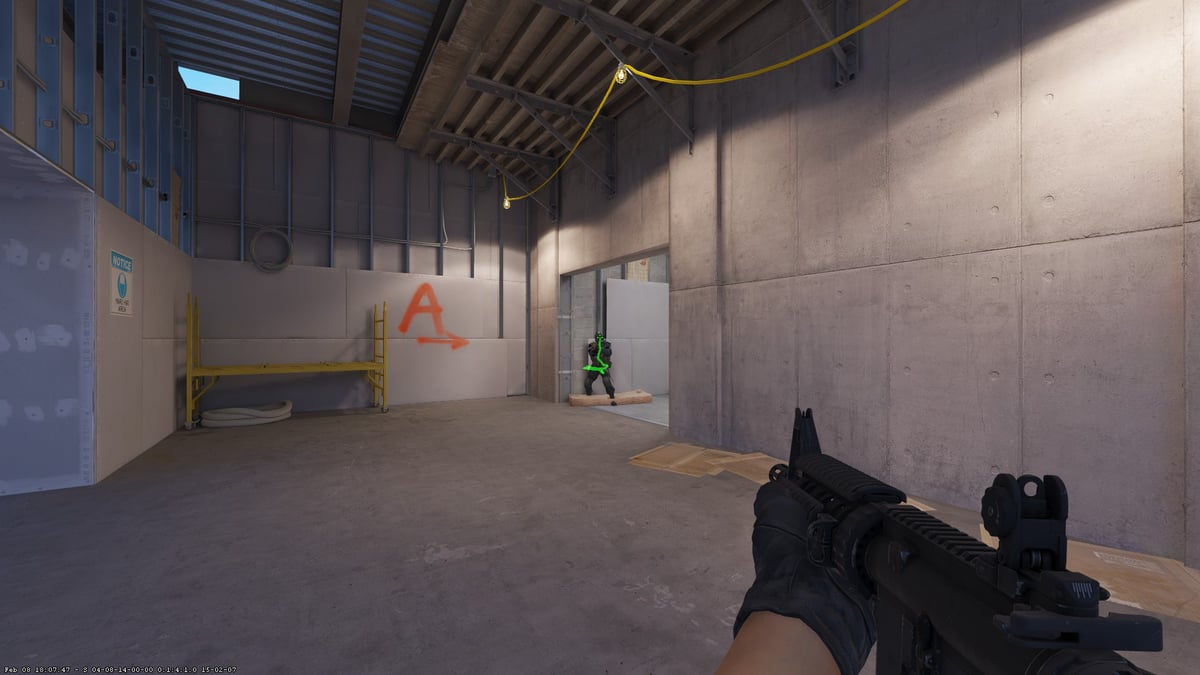Savor the Flavors: Bombay Beijing Fine Foods
Exploring the fusion of Indian and Chinese cuisines with delicious recipes and culinary tips.
Spray Control Secrets Nobody Told You About
Unlock the hidden secrets of spray control! Discover expert tips and tricks that will transform your spraying game forever. Don't miss out!
Mastering the Art of Spray Control: Tips and Tricks for Perfect Application
Mastering the Art of Spray Control is essential for achieving flawless results in various applications, from gardening to automotive painting. To begin, it’s crucial to select the right type of spray equipment for your specific needs, whether it’s a handheld sprayer, aerosol can, or airless spray gun. Proper preparation of both the surface and the spray materials can significantly enhance the outcome. Here are some tips to improve your spray application:
- Ensure the spray surface is clean and dry.
- Use the appropriate nozzle size for your project.
- Maintain a consistent distance from the surface being sprayed.
Understanding the techniques of spray control can take your skills to the next level. One effective method is to practice the overlapping technique, where you overlap each pass by about 50% to ensure even coverage. Additionally, the speed and angle at which you hold the sprayer play a crucial role. A steady, controlled motion will prevent drips and ensure even application. For more detailed insights, consider the following points:
- Adjust the pressure settings according to the material viscosity.
- Experiment with different spray patterns to find what works best for you.
- Always wear appropriate protective gear when spraying.

Counter-Strike is a highly popular first-person shooter game that emphasizes strategy, teamwork, and skill. Players can engage in competitive matches across various maps and game modes. If you're looking to improve your gameplay experience, you might want to learn how to mute people in cs2 to minimize distractions from other players.
Top 5 Common Spray Control Mistakes and How to Avoid Them
When it comes to spray control, many individuals and professionals make common mistakes that can lead to inefficiencies and suboptimal results. First on the list is improper equipment calibration. Failing to calibrate spray equipment can result in uneven application rates, leading to overspray or inadequate coverage. Always ensure that your equipment is set up according to the manufacturer's specifications and regularly check for wear and tear that might affect performance.
Another common oversight is ignoring environmental conditions. Factors such as wind, humidity, and temperature can significantly impact the effectiveness of your spray application. It's essential to monitor the weather before spraying, as windy conditions can result in drift, while high temperatures might cause rapid evaporation of the spray solution. To avoid these pitfalls, consider creating a checklist that factors in weather conditions and equipment checks to ensure optimal spray control.
The Science Behind Spray Control: What You Need to Know for Optimal Results
Understanding spray control is essential for achieving optimal results in agricultural practices and pest management. The science behind it involves principles of fluid dynamics and the interactions between the spray droplets and the environment. Factors such as droplet size, velocity, and wind speed significantly affect how well a spray targets its intended area. For instance, smaller droplets may drift further due to wind, which can lead to ineffective coverage, while larger droplets can result in runoff and wastage. To maximize efficacy, it's vital to tune your equipment according to the specific conditions and types of pest or disease being treated.
Moreover, the optimal results from spray applications depend not just on the technology but also on the timing and technique used. Best practices include applying sprays during low wind conditions, ensuring even coverage, and maintaining the correct distances and angles of application. Understanding the plant's growth stage and the lifecycle of pests are also crucial for timing. Implementing these scientific principles in conjunction with precise equipment settings can greatly enhance the effectiveness of spray applications, ultimately leading to healthier crops and improved yields.